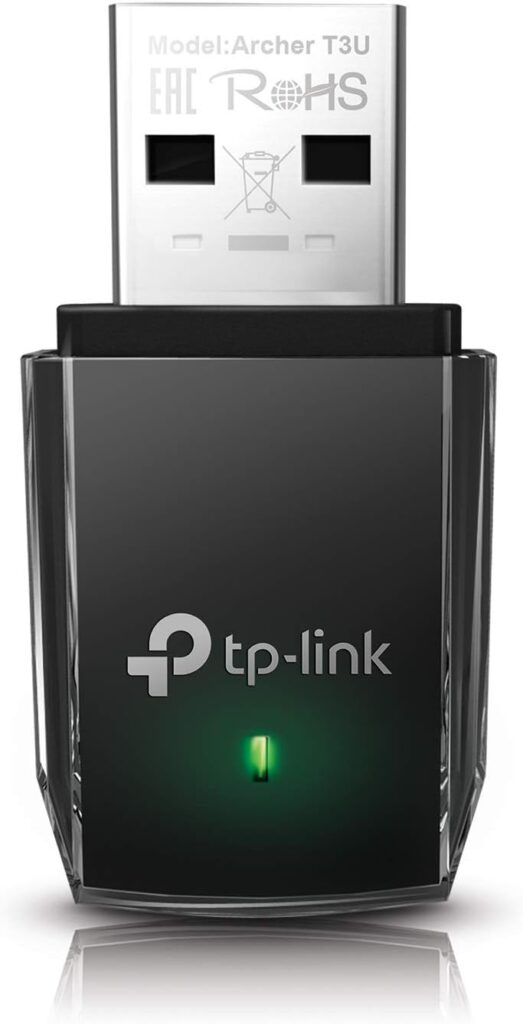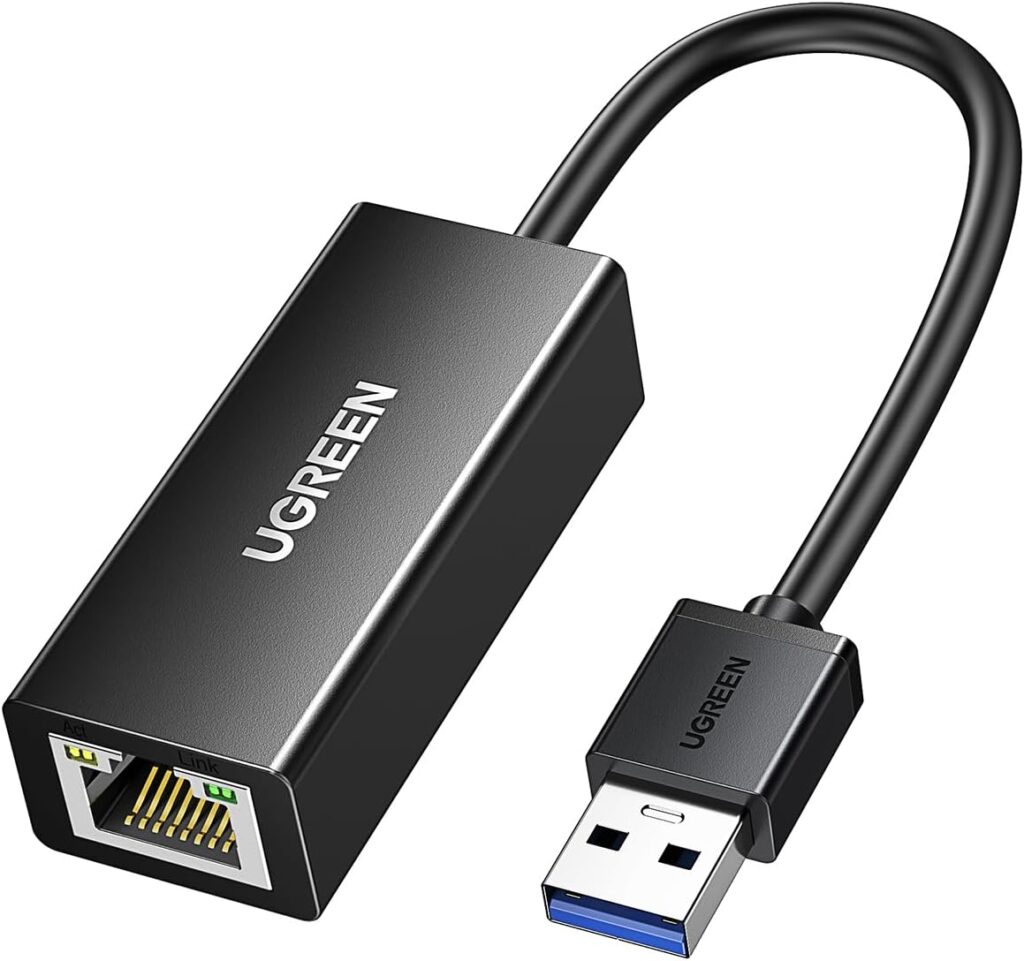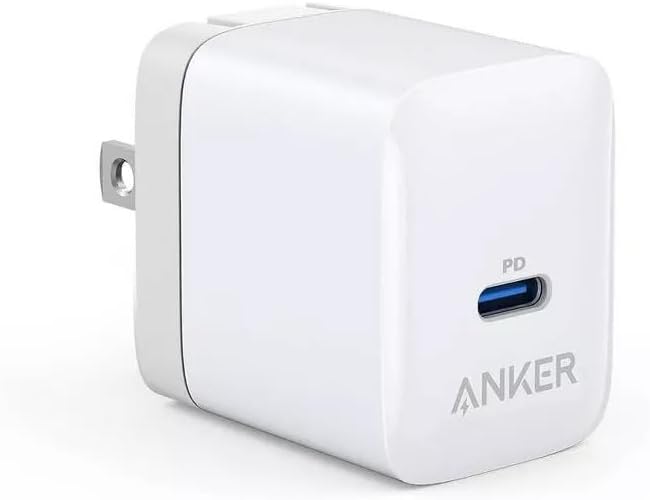Welcome to autohomegadgets.com, your go-to source for smart home and tech solutions! Over the years, I’ve tested countless USB adapters to improve connectivity and optimize device performance. Whether you need to connect peripherals, enhance network speeds, or expand device compatibility, USB adapters are essential tools for any modern setup. In this guide, I’ll share my hands-on experience with various USB adapters, how they work, and how to choose the right one for your needs.
Why Trust My Advice?
Through my work in smart home technology and personal experience using USB adapters, I’ve encountered everything from simple plug-and-play solutions to complex multi-port hubs. My expertise comes from real-world use, ensuring that my recommendations and insights are practical, tested, and reliable.
What Is a USB Adapter?
A USB adapter is a device that modifies or extends the functionality of a USB port. These adapters allow you to connect different types of devices, add more ports, or even upgrade connectivity options.
Common Uses for USB Adapters:
- Expanding Ports: Convert a single USB port into multiple ports.
- Connecting Peripherals: Use USB-C, USB-A, or micro-USB devices interchangeably.
- Enhancing network connectivity: USB Ethernet and Wi-Fi adapters improve internet speeds.
- Fast Charging: Power up devices efficiently with high-speed USB chargers.
Types of USB Adapters
1. USB to USB-C Adapters
- Converts traditional USB-A ports to the newer USB-C standard.
- Useful for modern laptops, tablets, and smartphones that primarily use USB-C.
2. USB Hubs
- Expands a single USB port into multiple ports for connecting more devices.
- Available in powered (for charging and high-power devices) and unpowered versions.
3. USB to HDMI/VGA Adapters
- Allows you to connect a USB port to an external display.
- Ideal for adding an extra monitor to a laptop or desktop setup.
4. USB Wi-Fi Adapters
- Enhances or adds Wi-Fi connectivity to a computer without built-in wireless capability.
- Great for boosting internet speed and signal strength.
5. USB Ethernet Adapters
- Provides a wired internet connection for devices without an Ethernet port.
- Useful for stable and high-speed connections.
6. USB OTG (On-The-Go) Adapters
- Allows smartphones and tablets to connect directly to USB devices like flash drives, keyboards, and game controllers.
7. USB Charging Adapters
- Converts standard USB ports into high-power charging ports for fast-charging devices.
My Top Picks for USB Adapters
1. Anker 7-in-1 USB-C Hub

- Features: Multiple USB ports, HDMI output, SD card reader.
- Ideal For: Expanding connectivity on laptops and tablets.
2. TP-Link USB Wi-Fi Adapter (Archer T3U)

- Features: Dual-band Wi-Fi, USB 3.0, compact design.
- Ideal For: Boosting Wi-Fi speed and connectivity on desktops and laptops.
3. UGREEN USB to Ethernet Adapter

- Features: Gigabit Ethernet support, plug-and-play.
- Ideal For: Stable, high-speed internet connections for gaming and streaming.
4. Apple USB-C to USB Adapter

- Features: Simple, compact design for USB-A to USB-C conversions.
- Ideal For: MacBook users needing to connect older USB devices.
5. Anker PowerPort III Nano USB Charger

- Features: Fast-charging technology, ultra-compact.
- Ideal For: Quick and efficient charging on the go.
How to Choose the Right USB Adapter
1. Understand Your Device Needs
- Check your device’s ports and required connections before purchasing an adapter.
2. Consider Data Transfer Speeds
- Look for USB 3.0 or higher for faster data transfer and performance.
3. Check Power Requirements
- If using a USB hub or charging adapter, ensure it provides enough power for your devices.
4. Choose Reputable Brands
- Stick to brands like Anker, UGREEN, TP-Link, and Apple for reliable performance.
5. Look for Plug-and-Play Compatibility
- Avoid adapters that require complex driver installations unless absolutely necessary.
Troubleshooting Common Issues
- Adapter Not Recognized:
- Try a different USB port or update device drivers.
- Slow Data Transfer Speeds:
- Use a USB 3.0 or higher adapter and check for compatibility issues.
- Intermittent Connection Issues:
- Ensure cables are securely plugged in and consider using a powered USB hub.
Final Thoughts
USB adapters are essential tools for expanding device compatibility and improving connectivity. Whether you need a simple USB-C converter or a full-featured USB hub, choosing the right adapter can enhance your tech experience. At autohomegadgets.com, I’m passionate about helping you find the best solutions for your smart home and tech needs. If you have questions or need personalized recommendations, feel free to reach out!
Ready to upgrade your connectivity? Let’s make your devices work smarter together!
Remember, technology is constantly evolving, and staying informed is the key to making the most of it. Happy connecting!
Related articles:

SAMMY MWANGI the editor of Autohomegadgets.com. He is an Electronics Technician enthusiast and a Sales Manager in one of the leading ICT companies in Africa. When he is not working, he loves to travel and explore nature. He is a Robot fanatic too.

